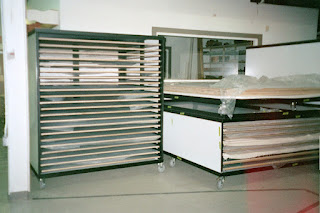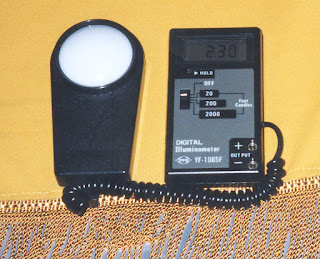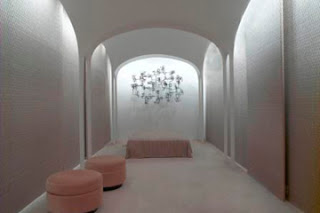The French Exposition of 1889, or the World's Fair as it is more commonly referred to, is probably best known for the construction of the Eiffel Tower which served as the entrance arch for all fair attendees to pass beneath. Lesser known perhaps is that this particular Exposition was attended by the "greats" of the time including: Oscar Wilde, Thomas Edison, Buffalo Bill and Annie Oakley, along with painters, Whistler, Gauguin, van Gogh, and Munch. This was also the first fair ever lit with electric lights, making night time attendance possible.
The French Exposition had millions of visitors, and nearly each one would take home a souvenir of their trip. A brand new keepsake, which would soon take the world by storm, was a small glass globe filled with water and tiny white flakes in which a miniature Eiffel Tower stood - you guessed it, the very first snow globes. Some people took home less permanent items like chocolate, while others took postcards, posters, handkerchiefs, or umbrellas.
Recently, Spicer Art Conservation received a lithography print from a client which featured a view of the fair, surrounded by smaller views of some of the most enticing exhibits. This particular print had been damaged from a fall. The print was scratched by the shattering glass and had damage from age and the previous ways it was displayed (old tape, high humidity, mold and stains).
 |
| Exposition Universelle de Paris 1889 |
What stood out was the color and detail of the lithography. What also stood out to us was the origin of such a lovely print. Certainly, it was from the Exposition, but was it a piece of memorabilia that was purchased at the Expo by a fair goer? Perhaps it was a poster to publicize the upcoming event, or maybe it was distributed to exhibitors? We just did not know, and looking deeper only revealed more questions and amazing facts about the 1889 Exposition. If you search the term "1889 Paris Exposition", this image is one of the first to come up and copies can be purchased at any poster shop, so clearly it is a well known image. But short of seeing that there is an original of this print at a French Museum, not much other information exists. Who was the artist? How was it produced? How many were made? No one seems to know.
Often times a conservator is asked to work on a piece that is striking and valuable, sometimes we work on the mundane, and sometimes we work on the obscure. This print was probably not terribly expensive in 1889, it probably was not rare, it probably was not "important" in that it was not created by a famous artist. Yet today it is somewhat rare and is a lovely glimpse at the way images were "printed" just a short 123 years ago, which in a way, gives it importance.
As we at Spicer Art Conservation began to think about it, we realized that it is ALL memorabilia - everything we work on, from flags, to coats from a long-ago war, to furniture, quilts, maps, papers, anything and everything we conserve - everything was saved by someone who cherished it. People have a propensity to keep things that are important to them, and that importance usually stems from an emotional connection to the object. Often that emotional connection, along with the piece, is passed to the next generation, and so on. Lucky for us, or we would not have so many amazing items to work on! Each day something new comes through our studio doors. Opening a shipping container from a museum or private collection is an exciting conservation adventure that always comes hand-in-hand with a lesson in history and the importance of memorabilia.
_____________________________
Gwen Spicer is a textile conservator in private practice. Spicer Art Conservation specializes in textile conservation, object conservation, and the conservation of works on paper. Gwen's innovative treatment and mounting of flags and textiles is unrivaled. To contact her, please visit her website.










